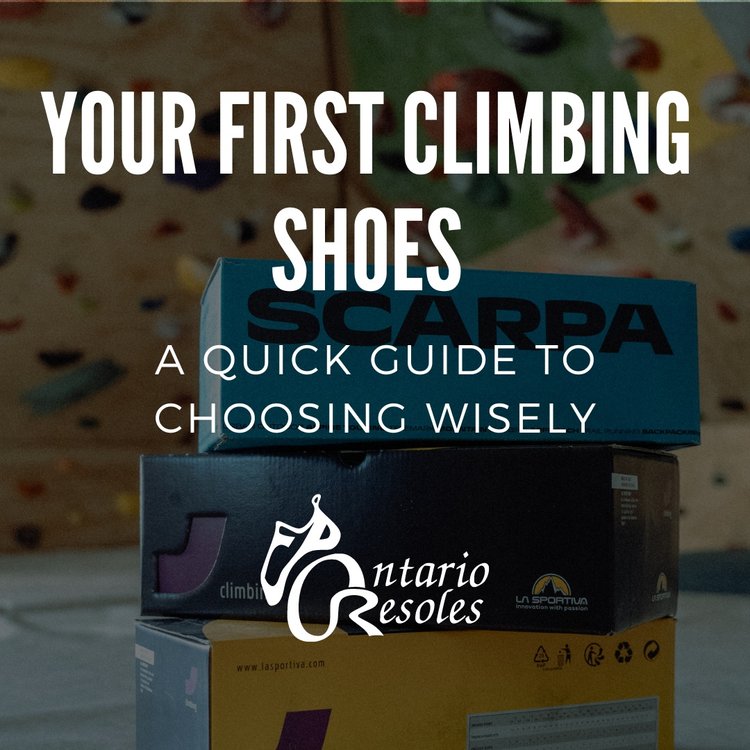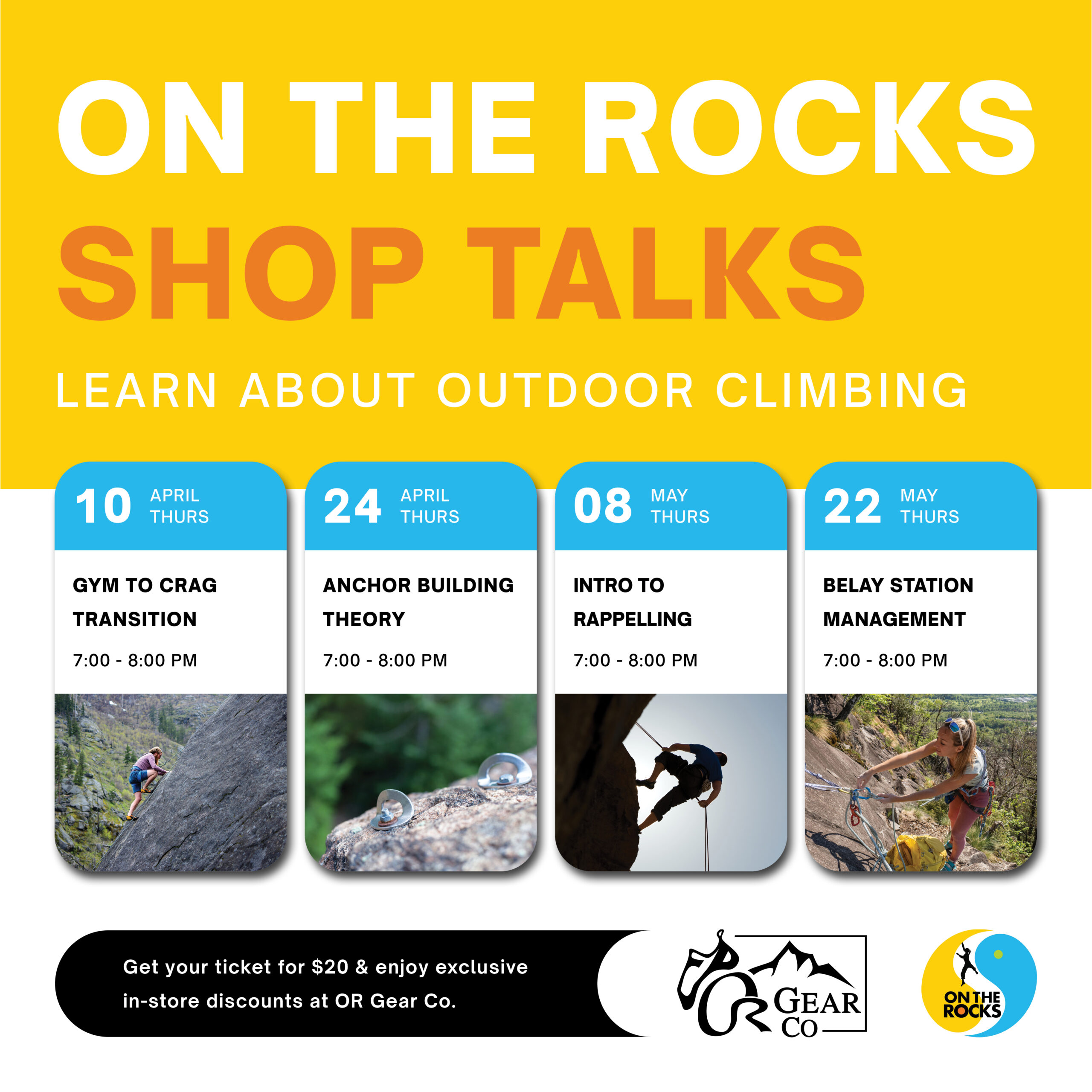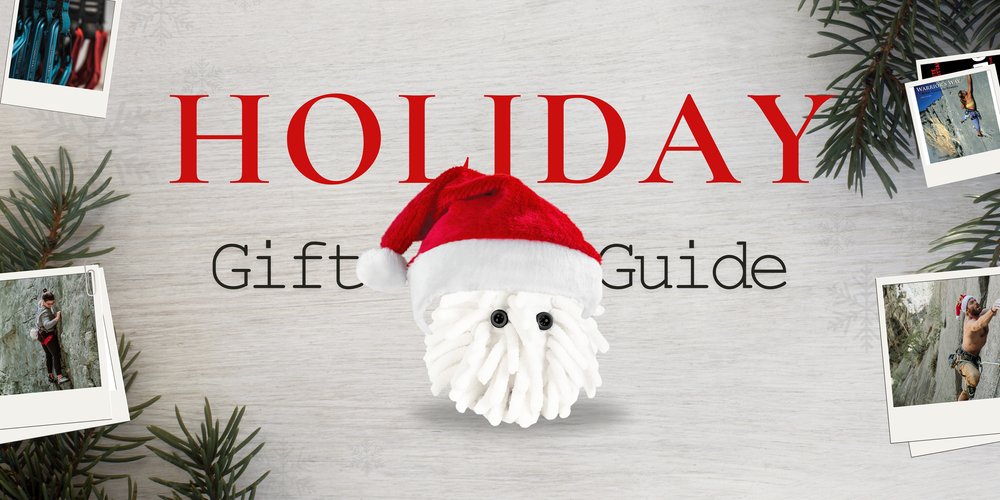Apr 12
Written By Ontario Resoles
Ready to graduate out of rentals and into something of your own? Climbing shoes can get complicated, and it can be challenging to pick out what matters when you’re simply looking for your first pair. Getting the right fit and the right pair is important — climbing shoes will have a bigger effect on performance than any other piece of gear.
We know shoes quite literally inside and out, and we’ve prepared a guide below to help you out.
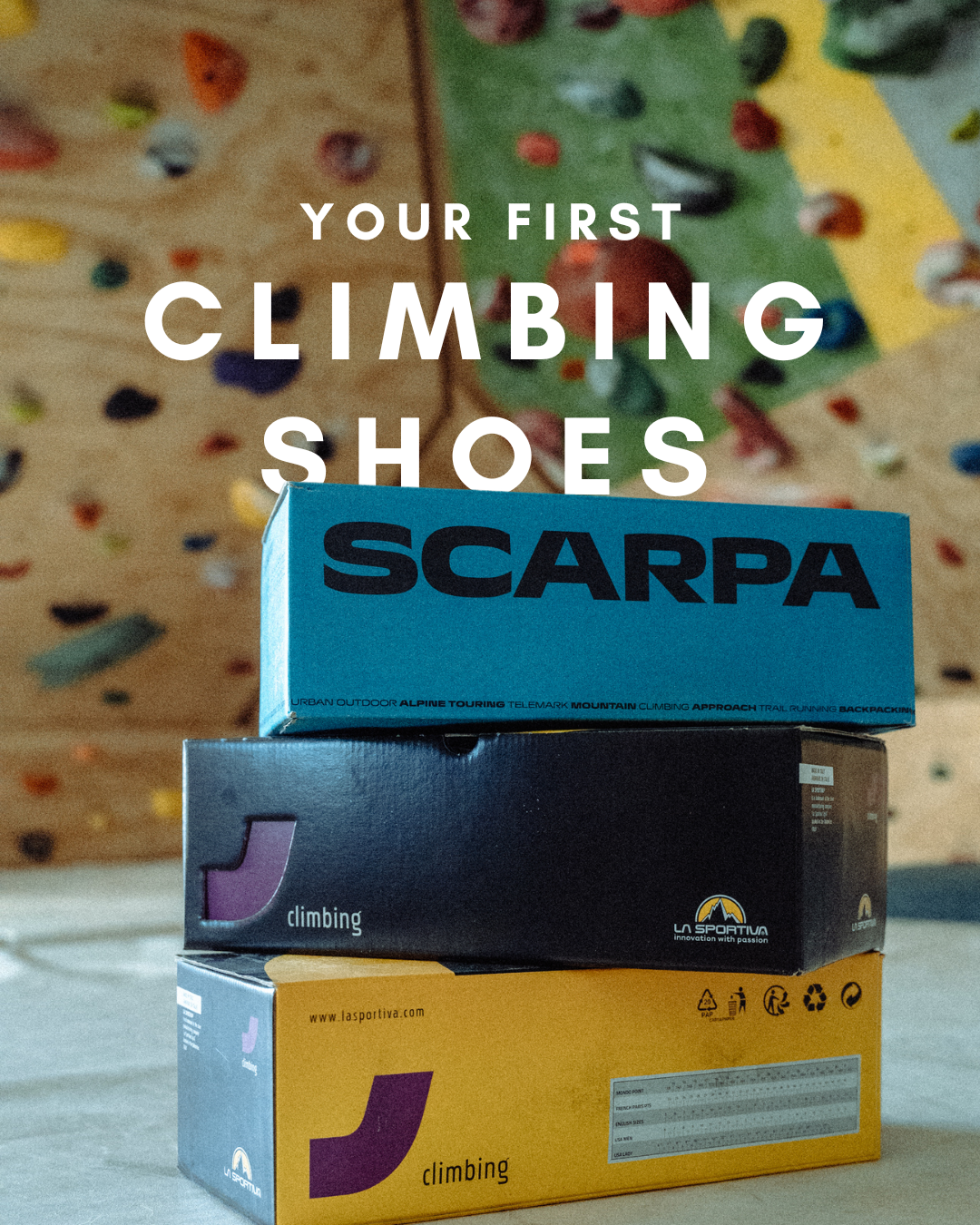
Understand the Basics

Fit is everything.
You’ll hear “trust your feet” often in climbing — generally, your feet are more important than your hands for climbing technique. Fit your shoes too loose, and your feet will be moving around inside the shoe taking away your confidence in your feet. Fit them too tight, and you’ll be too focused on how much your toes hurt to enjoy yourself and learn the sport.
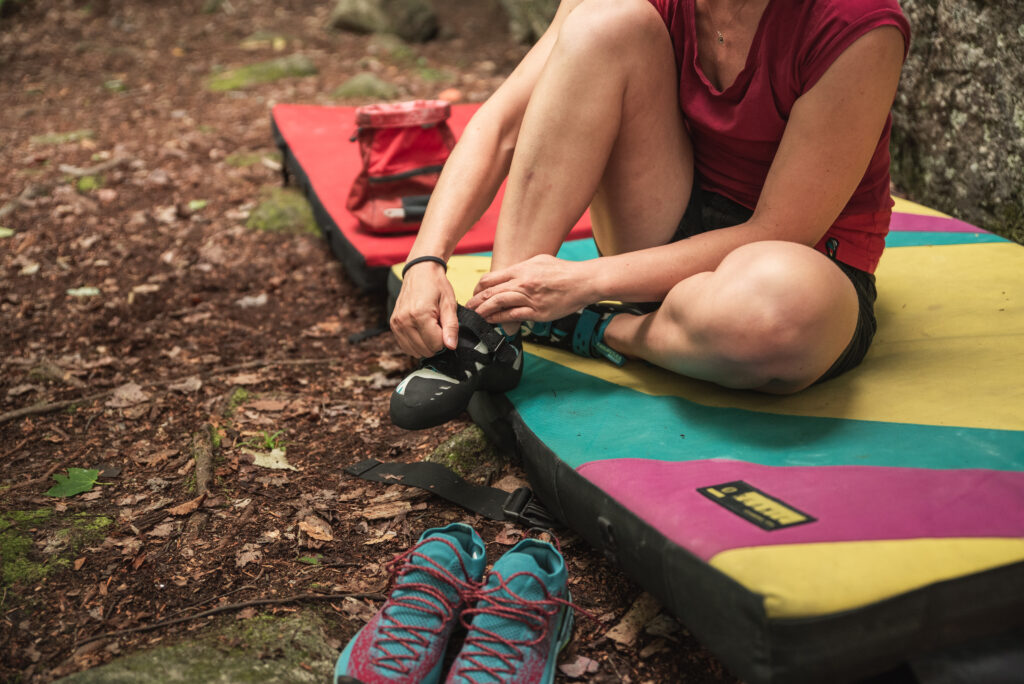
- The perfect beginner fit should have your toes just a bit bent in the shoes, tight up against the end. You should be able to stand up and walk around without any pain, but you should not feel like the shoes are comfortable. They should feel like they will be tolerable for 15-30 minutes of wear. If your feet swell with heat, or later in the day — do your best to account for it.
- Watch for ‘hot spots’. The shoes should feel uniformly tight, and not like they are pressing hard on one particular toe or knuckle.
- They will stretch. All climbing shoes stretch and ‘break-in’. They’ll do so in response to your foot, and will actually take to the shape of your foot, stretching in the spots that are tightest. Shoes made of synthetic material and shoes with more rubber coverage will generally stretch less than leather and less rubber-covered shoes. Our rule of thumb is 1/4 size for synthetic shoes, and 1/2 size for leather.
- Try them on. We do not recommend buying your first pair online without having already tried them on. Fitting climbing shoes is challenging and you need to get your feet inside to know if it’s going to work. Find the shoe that best fits the shape of your foot. Find a proper climbing shop with knowledgeable staff to help you out.
Consider your climbing style.
Are you drawn to bouldering, sport climbing, toproping, or a mix? Different styles of climbing demand different features from your shoes, but don’t stray too far from a beginner oriented shoe for your first pair.
- Bouldering tends to be steeper and more frequently includes dynamic movement. This type of climbing generally rewards a softer and more downturned shoe. If all you’re doing is bouldering, you may want to try and get something with a bit more shape and sensitivity to it. Consider the La Sportiva Tarantula Boulder.
- Route climbing is more frequently near-vertical when you’re new to it, and so you’ll have more weight on your feet. This means you’ll want more support and might want a stiffer, more all-around shoe. Consider shoes like the Scarpa Arpia V.
Budget Wisely
- Climbing shoes come in a wide range of prices, from budget-friendly options to high-end performance models. As a beginner, you don’t need to splurge on the most expensive pair. In fact, buying a highly specialized shoe could mean that it wears much faster. Focus on finding a quality beginner or all-around performance shoe that fits well and meets your immediate climbing needs. Want even better value? We sell refurbished climbing shoes that are used, washed, sanitized, and resoled with fresh rubber and a warranty. Check out the rotating selection online or in-store.
- Avoid big-box store or amazon budget shoes. Go with one of the brands that you find in climbing specific shops. These shoes are designed do be resoled, and can easily last you years if you take good care of them.

